Latest note
Butane Gas Canisters
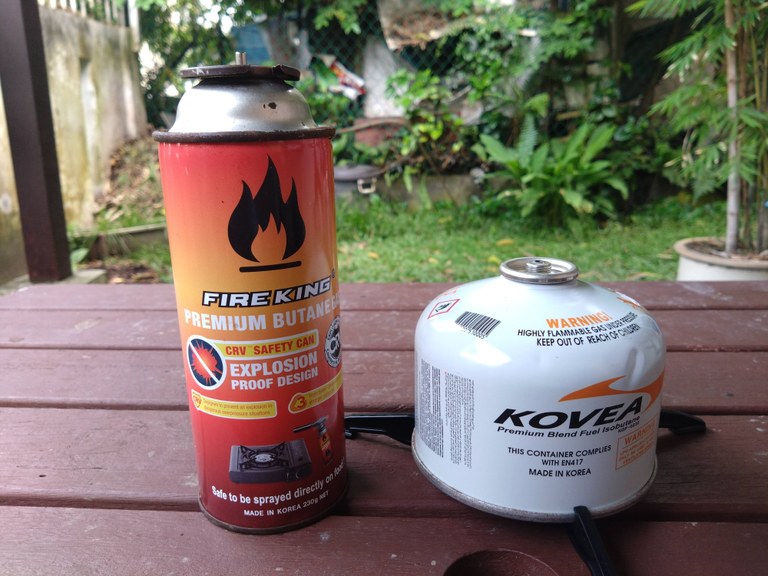
This seems to be common knowledge, but for someone who is not used to camping stoves especially screw type canisters like on the right, it was not obvious what works with what.
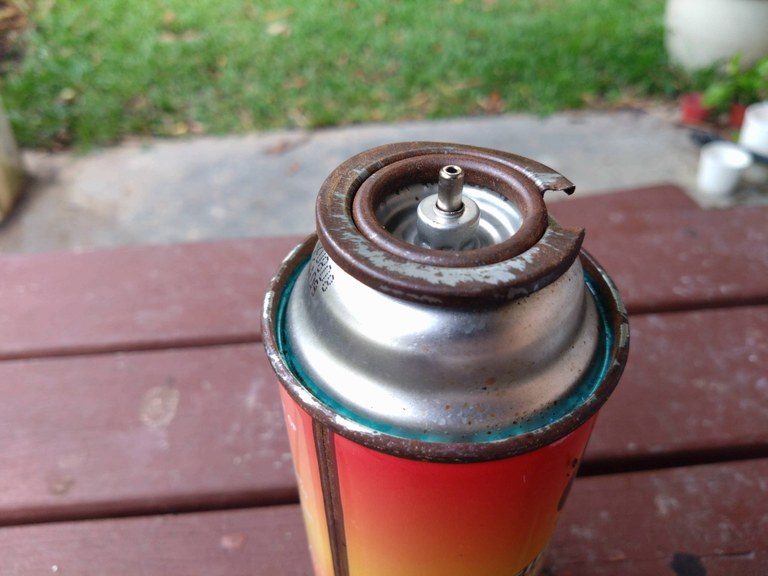
For most folks, the bayonet style butane gas cannister is the one you're most likely to encounter and be familiar with. They look like aerosol spray cans, and can be easily found at most hardware stores and even supermarkets. They're usually used with portable stove cookers. They're also really cheap, costing less than MYR 4.00 per 220/230g gas canister.
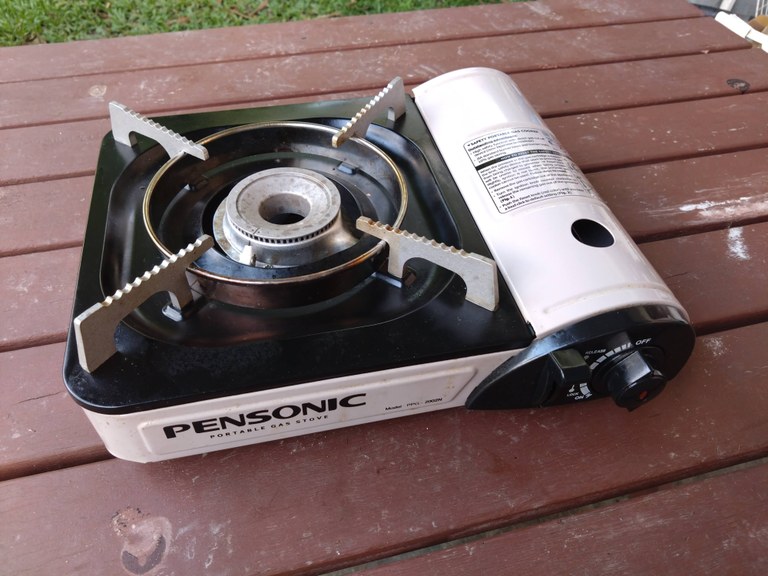
These portable gas stoves, are really cheap, but also really heavy. So at least in Southeast Asia, you see this combination of portable stove and bayonet style gas canisters sold at hypermarkets and hardware stores. They are heavy though, which is why I looked for lightweight camping which are often a tiny stove head. But, they connect these screw type gas canisters that looked different, and which I'm not familiar with.
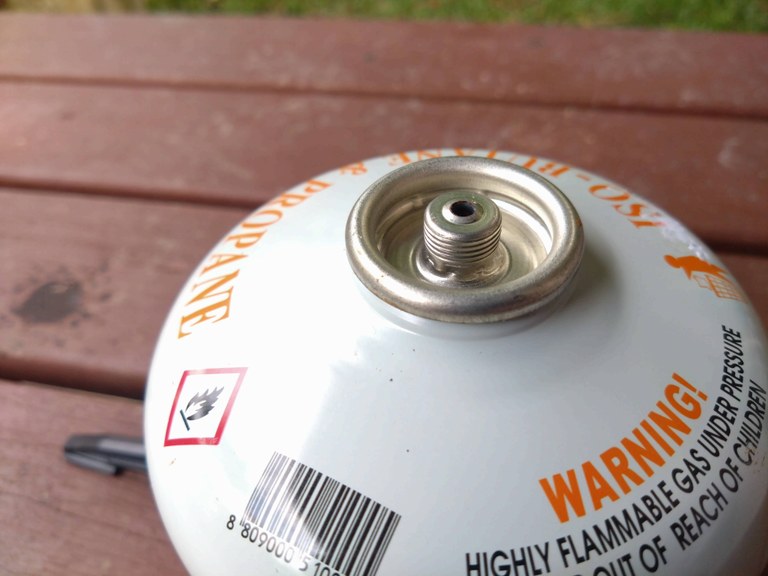
These screw type gas canisters, which have an EU standard called EN417 are much more expensive. RM20 for equivalent 230g canister. But they also feel much more solid and take up less space. Apparently they also work much better in cold and high altitudes, neither of which are situations I'm likely to be using a camping stove. In Malaysia at least, I have to order these online, they're only sold in camping or outdoor stores which are not that common.

You just connect your lightweight camping stoves either through a hose on directly on top. At first I was scared of having gas canisters so close to an open flame, but they're actually quite safe. The gas canisters with the compressed gas, actually get very cold when in use.
Unless space and weight is a premium however, it's just so much more convenient and cheaper to be able to use a common bayonet style gas canister. You can use these with your camping stoves that have screw type connectors. You just need an adapter. You can easily find and buy them online. In my case, I got Fire Maple's adapter which fits well with their all in one pot/cooking systems.
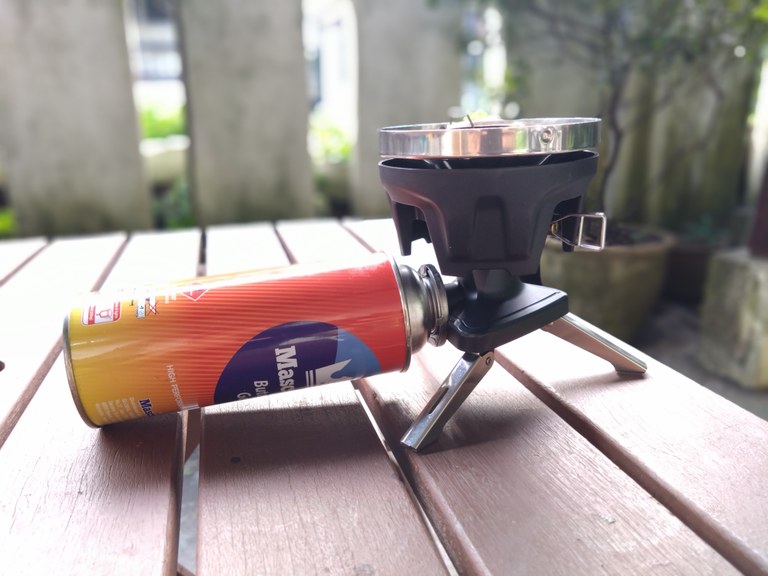
So if you're camping in Southeast Asia or simply need cheaper and more widely available gas canisters, then a bayonet to screw type gas canister adapter is definitely worth getting and bringing along.
Document Actions
Document Actions